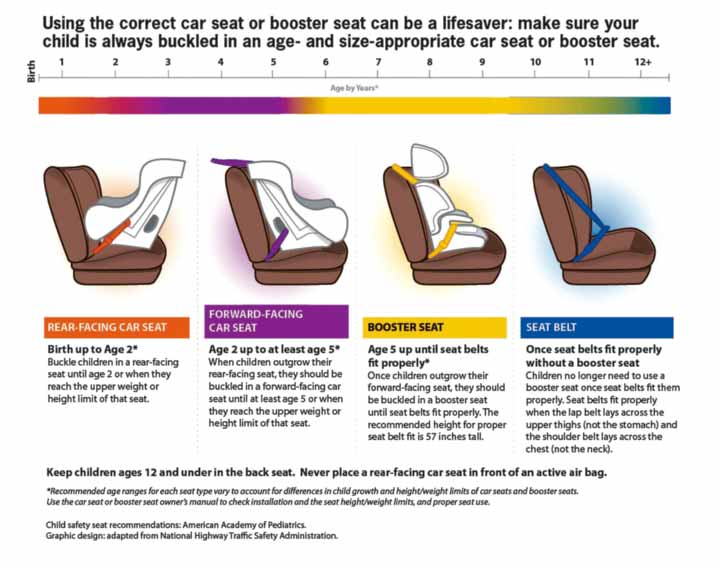
According to World Health Organisation (WHO), road traffic crashes remain leading cause of death across the world, particularly among young people.
Indeed, without action, road traffic crashes are projected to increase to become the seventh leading cause of death by 2030, with about 1.25 million lives being cut short yearly because of road crashes.
WHO said that excessive speeding, drunk-driving, motorcycle helmets, seat-belts and child restraints are the top five road accident risk factors.
Experts lament that as alarming as traffic related figures are among children, regulatory agencies, motorists and parents in Nigeria are yet to prioritise measures to bridge the loophole.
Contrary to the situation in Nigeria, in other countries of the world, child restraints, particularly designed for children between ages zero to 12 are made mandatory and regarded as a grave offence so as to provide suitable restraints and protection for children against accident.
Safety Experts believe that child restraint is important because the seat-belt (three-point lap and diagonal) used by adults is not designed to accommodate their varying sizes, weights and the different relative proportions of their bodies.
Part XII, Regulation 126 of the National Road Traffic Regulations, which is perhaps the only direct section that address issues relating to safety of children, states that; “Every vehicle shall have fitted in the front and rear seats, seat belts and child safety seats which shall be securely worn by the driver and the other occupants of the vehicle while the vehicle is on motion.
The driver of a motor vehicle shall be responsible for the children who are passengers in such a vehicle and shall ensure that – the proper use of child locks in every vehicle where one is installed; and the proper use of child safety seats for every child that is 7 years and below; and that child seats are not installed in the front row of any vehicle. Any person who contravenes the provisions of this regulation commits an offence and shall be liable on conviction to a fine of N2, 000 or to a term of 6 months imprisonment or to both”.
A Nigerian Sweden based Intelligent Transport Systems researcher at Linköping University, Sweden, Adeyemi Adedokun told The Guardian that the traffic regulations in the country is weak and unenforced.
Citing prevailing situations across the world, Adedokun said: “Our demography and status quo clearly shows an urgent need for a relevant Child Restraints law to protect our young ones, and for road enforcement agencies to do more by revising the old and proposing new and relevant safety regulations, as well as ensuring compliance through adequate enforcement.”
According to him, if 44 per cent of the Nigerian population are children between the ages of zero to14, how could the national regulation place a fine of N2, 000 (less than €10) only on such a serious offence? For the record, drivers in the European Union since 2003 face up to 4 penalty points and a fine of up to €800 (more than two hundred thousand naira) if convicted for failure to observe child restraint law.
According to FRSC controlled speed, reducing drinking and driving, usage of helmets for motorcycles and restraining children in vehicles are factors to be considered in reducing road crashes.
“There is also the need to enhance road infrastructure. This is a step to be taken by the government and the community. Parents must reduce the risk of using young children as drivers. There are parents who make children less than 18 to drive out of love. It is against the law,” Zonal Commanding Officer, FRSC 2, Ojodu, Lagos, Assistant Corps Marshal Charles Akpabio told journalists.
Source: guardian
